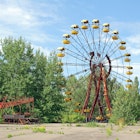The Smithsonian has joined the fight in preserving Ukraine's cultural heritage as the Russian invasion enters increasingly destructive phases.
"The beauty of Ukraine's art, architecture, literature, and music has flourished for decades; its museums are some of the most revered in Europe," Smithsonian secretary Lonnie Bunch in a statement last week, as she announced an initiative to save parts of Ukraine's rich and irreplaceable cultural heritage.
The Smithsonian said its Cultural Rescue Initiative is working with people on the ground in Ukraine. The program responds to cultural crises sparked by armed conflict or natural disasters and provides disaster training for heritage specialists and first responders. Previously it's worked in Haiti, Syria, Iraq, and Puerto Rico,
The Smithsonian is also working with the Virginia Museum of Natural History, which is using geospatial information system data to assess damage to cultural sites.
"When we lose irreplaceable history and culture, it is a profound loss to us all," Bunch continued. "If we instead work together to celebrate, share, and protect cultural heritage, we are ensuring the triumph of our humanity."
Standing with Ukraine: two ways to offer support
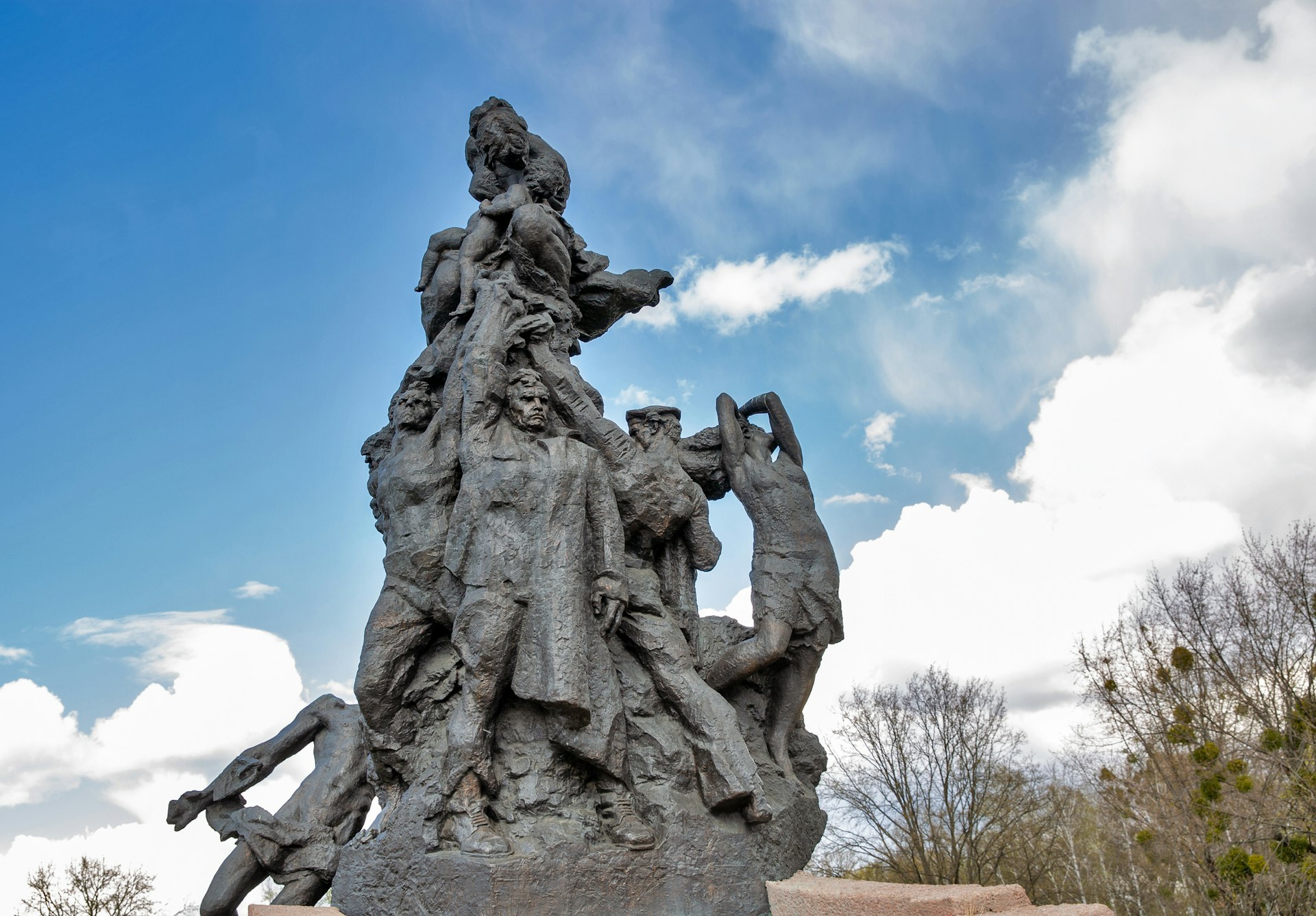
Alongside the humanitarian crisis Russian president Vladimir Putin's war has caused, cultural assets have been destroyed in besieged Ukranian cities. Last week, a missile hit Babyn Yar; a Holocaust memorial, where in 1941, Nazi troops massacred most of Kyiv's 34,000-strong Jewish population. The site, one of Ukraine's seven UNESCO world heritage sites, also commemorates other groups targeted by the Nazis, including Romani people and Russian Orthodox priests.
The Ivankiv Historical and Local History Museum was also destroyed in the war. The museum, about 50 miles north of Kyiv, was home to 25 paintings by noted Ukranian folk artist Maria Primachenko. "She created world-famous masterpieces. Her special gift and talent captivated Pablo Picasso," the country's Ministry of Foreign Affairs lamented in a statement in honor of her work.
International art community speaks out
Around the world, art scholars decried the Ivankik Museum incident. In Los Angeles, the J. Paul Getty Trust released a statement condemning the "deliberate" burning of the museum.
"News reports indicate that among the many atrocities being committed in Ukraine over the past few days of Putin’s War, Russian forces have begun destroying Ukrainian cultural heritage,” said Getty's chief executive James Cuno.
Cuno spoke of the power cultural heritage has to unite us, but said all too often it is the target of war, used as a way to overtake a society.
"What precious little remains in the world of our ancient heritage is already suffering from wanton destruction, looting, neglect, reckless overdevelopment, and climate change. To have even more lost to senseless war is unconscionable," he added.
In New York, the Association of Art Museum Curators (AAMC), released a statement condemning the invasion of Ukraine and expressed concern for the people affected by the conflict, as well as its fears for the precariousness of Ukraine's cultural heritage.
"As the situation continues to unfold, we also hope that any deliberate targeting of art, architectural, archaeological and cultural sites does not occur," the statement said.
Meanwhile, the non-profit World Monunment Fund, which just released its list of endangered heritage sites for 2022, also expressed concern about the conflict, saying "we urge that all precautions be taken to protect lives and avoid irreparable harm to cultural heritage in the region."
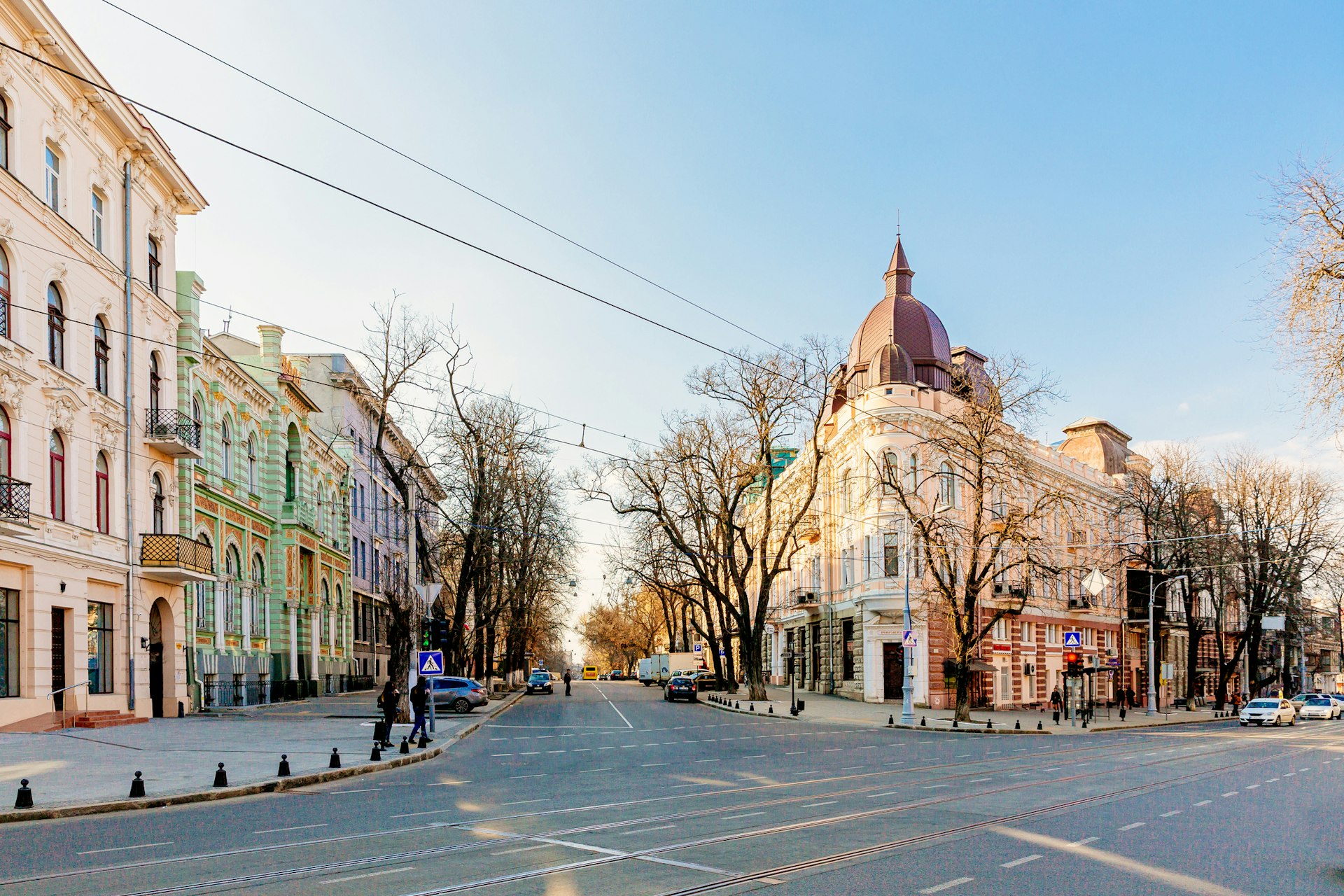
Ukraine's museums and art institutions at risk
Faced with fierce Ukrainian resistance after a 15-day offensive, Putin has stepped up his attack on the heart of Ukraine's key cities; with Russian forces reportedly bombing a maternity hospital in Mariupol and blocking humanitarian corridors for those trying to flee the war.
Amid the horrors, concerns are continuing to grow for Ukraine's museums, churches, monuments and theaters. In Kharkiv, currently under bombardment from the Russian Army, there are fears Kharkiv Art Museum, which houses about 20,000 artworks, could be a target in the rapidly expanding crisis. Not too far from Kharkiv is Parkhomivka Museum of History and Arts where among its 6,000-strong collection are works from Picasso, Anthony van Dyck, Alexandre Benois, and Nicholas Roerich.
In major cultural hubs such as Kyiv and Odessa the fallout could be even bigger. The Museum of Historical Treasures of Ukraine in Kyiv houses about 56,000 objects, including what is considered one of the world's finest collections of 4th-century-BC Scythian gold.
Other important museums in the capital include the Kyiv National Museum of Russian Art which contains the largest collection of Russian artworks outside of St Petersburg and Moscow. Set in a tsar-era mansion, highlights include masterpieces by Ilya Repin, considered one of the greatest Russian artists of the 19th-century.
The Khanenko Museum is renowned for its iternationally important collections. Located in the heart of Kyiv, the museum houses Ukraine's principal collection of European and Asian art, from rare Tibetan, Chinese and Japanese decorative art, to Byzantine icons and European masters, such as François Boucher, Pieter Paul Rubens, and Jacques-Louis David.
There's also the National Art Museum of Ukraine, located near the presidential palace and the Parliament building in Kyiv, which are all potential targets in the war. The museum has more than 40,000 exhibits, including paintings and sculptures from the Middle Ages to the present day and is regarded as one of Ukraine's most important museums for national art.
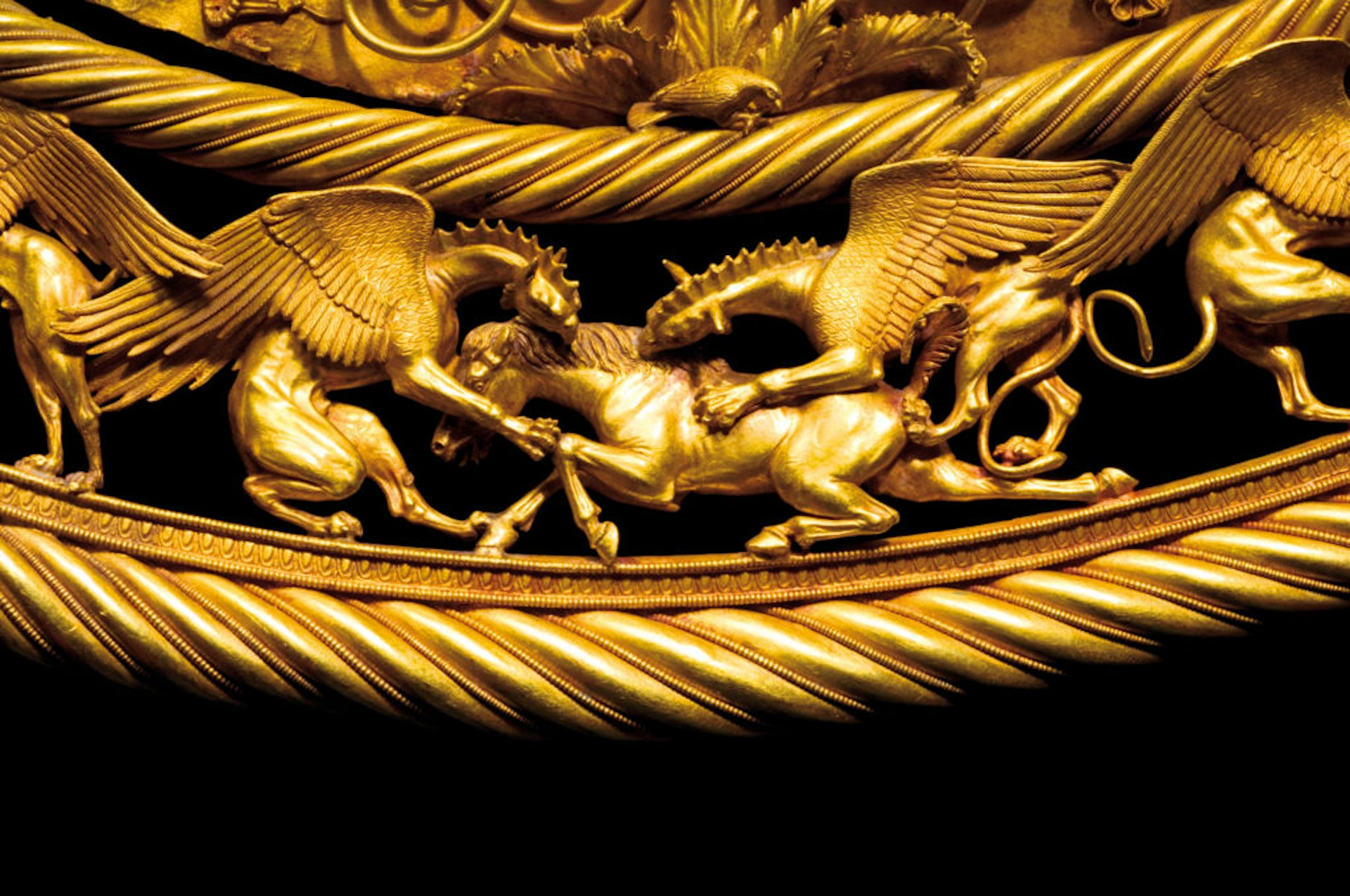
Odessa, the 'pearl of the Black Sea' is on alert for an imminent strike as Russian troops close in from the south of the country. It was previously targeted in a missile attack on February 28. Eighteen people were killed. Speaking with the New York Times the following Monday, Odessa Fine Art Museum's director Aleksandra Kovalchuk, told the newspaper that staff was "hiding" art in the basement.
Lviv, another city rich in cultural heritage, is also bracing for an attack. Museum staff have also been rescuring assets, wrapping them up and storing them in basements. Lviv's National Museum is currently bare. Museum Director Ihor Kozhan told CNN on Tuesday "today we see how Russia is shelling residential areas (and) even people that are evacuating. They guaranteed they wouldn't but now we can't trust them. And we need to take care of our heritage because this is our national treasure."
According to the United Nations, at least 564 civilians have died in the war in 16 days and more than 2.5 million civilians have fled.
"Children, women and defence forces are losing their lives every hour," it said in a statement.
You may also like:
International Women’s Day: Supporting Human Rights in Ukraine
Ukraine's cultural heritage: what sites are at risk amid the conflict?

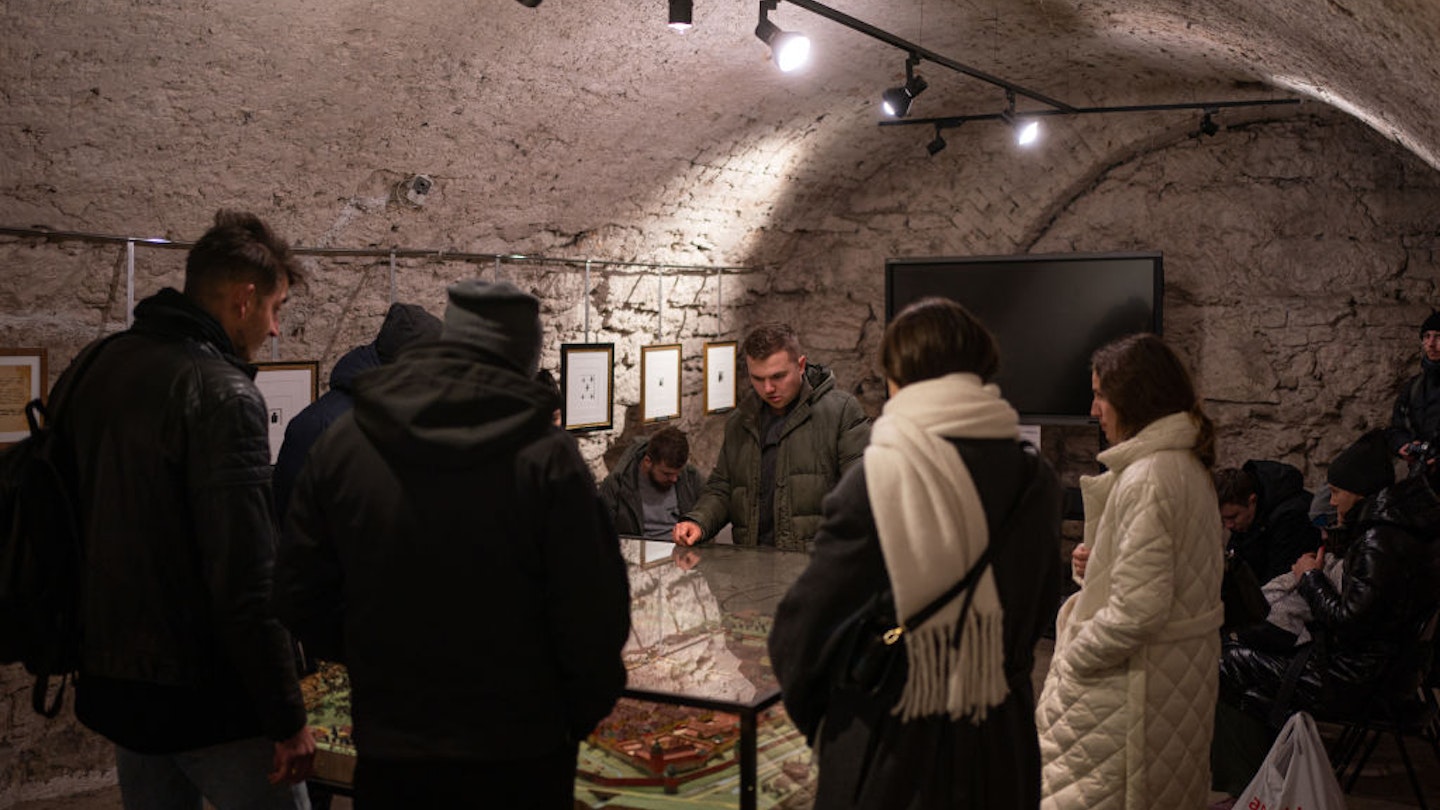
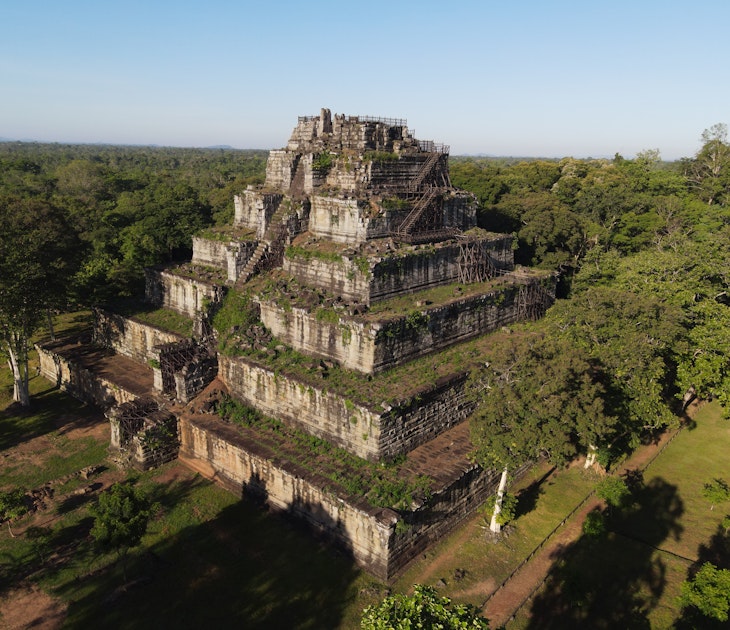
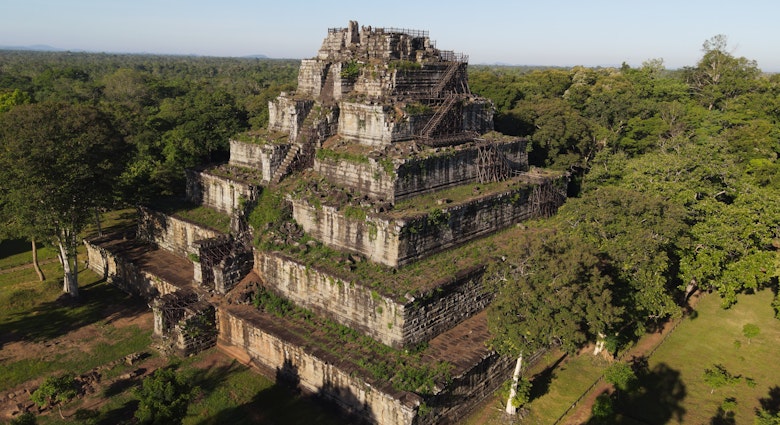


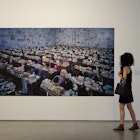

![Photo/File #: 12MP ..Country: Great Britain..Site: Hurst Castle..Caption: 12MP aerial..Image Date: [November 2021?]..Photographer: ExploringWithin MUST CREDIT..Provenance: Watch 2022](https://lp-cms-production.imgix.net/2022-03/GBR%20Hurst%20Castle%20MUST%20CREDIT.JPG?auto=format&w=140&h=140&fit=crop&q=75)

